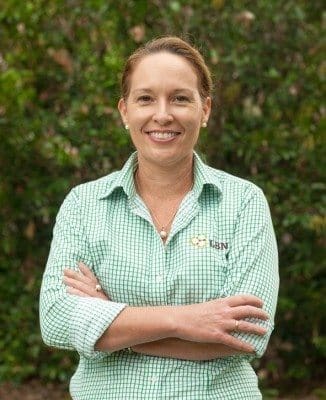WITH the welcome break in the season in parts of the country, many producers are looking to get back on the front foot after the dry by restocking.
Bringing new stock onto your property is one of the highest risk activities producers undertake when it comes to introducing diseases, parasites, weed seeds or pests, be they purchased livestock or animals coming on for agistment or strays that have broken through a fence.
Even though many cattle and sheep breeders run closed herds and flocks, the fact is every operator introduces new livestock at some time or other. Even if they only introduce one new bull or ram onto the property, there is still the potential for the introduction of diseases such as vibrio from bulls or ovine brucellosis from rams.
Weed seeds and disease agents can be spread in dirt and manure on livestock, or on the vehicles in which they are transported, and even on the boots of the people accompanying them.
Biosecurity may sound frightening, however for most producers, it just means taking simple steps to protect the health and productivity of their livestock.
Cattle being loaded onto a truckFirst, when purchasing new cattle or sheep use an Animal Health Statement (AHS) in conjunction with National Vendor Declarations and waybills. These are valuable tools which provide detailed records of the prior health of the livestock and any veterinary treatments received, as well as the disease status of the regions they have been moved from.
And if you are the vendor of livestock, providing an AHS will give buyers confidence in the health of your animals.
Step two is quarantining all new cattle or sheep when they first arrive at the property. Keep them in a yard or holding paddock with good quality feed for the first 48 hours to empty out and drop any weed seeds they may be carrying in coat or faeces.
They should then be kept in a holding paddock under observation and away from the home herd for at least four weeks. This induction time can be used to undertake any treatments such as parasite control and vaccination boosters, before being mixed with the home mob.
After enduring the drought, don’t put yourself at risk of another setback – following these simple biosecurity measures at the time of introduction can be the difference between healthy and productive stock and dealing with a costly pest or disease outbreak.
- Dr Sarah-Jane Wilson is the Livestock Biosecurity Network’s regional officer for Northern Australia. She can be contacted or 0437 725 877 or email sjwilson@lbn.org.au




HAVE YOUR SAY